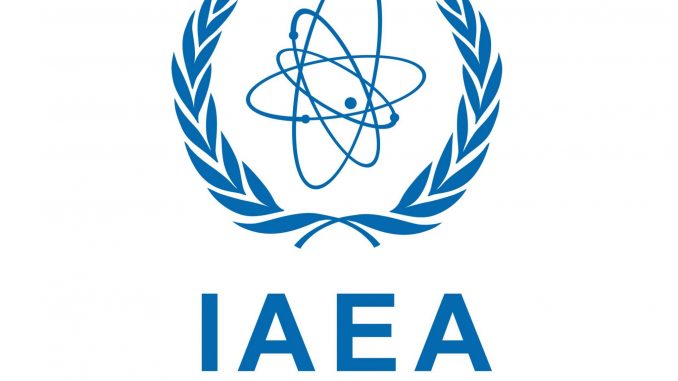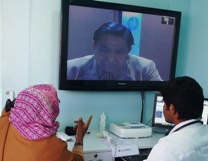
A twelve day long International Regulatory Review Service (IRRS) Mission of International Atomic Energy Agency (IAEA) to review the Indian’s regulatory framework for nuclear safety was concluded today. The IRRS Team has concluded that the Indian nuclear regulatory body, the Atomic Energy Regulatory Board (AERB) is an experienced, knowledgeable and dedicated regulatory body for the protection of the public and environment.
The IRRS peer review mission for India took place from March 16-27, 2015 at the request of the Government of India. The Mission looked at the regulatory framework of Atomic Energy Regulatory Board (AERB) for Nuclear Power Plants and Projects.
The IRRS mission, coordinated by the IAEA, was led by Mr Ramzi Jammal, Executive Vice-President and Chief Regulatory Officer of the Canadian Nuclear Safety Commission (CNSC). The team comprised 16 experts from the nuclear regulatory bodies of Bulgaria, Canada, Czech Republic, Finland, Hungry, Israel, Netherland, United Kingdom, United Sates of America, and the IAEA itself. The peer review was carried out by comparison against IAEA safety standards as the international benchmark for safety. The Mission was preceded by an extensive self-assessment exercise by AERB extending over a year. The Mission provided AERB with an opportunity for a quality exchange of information with international regulatory experts and further enhance the regulatory framework and processes in India.
The mission commenced with an entry meeting of IRRS team with the officials of AERB, Bhabha Atomic Research Centre (BARC) and Department of Atomic Energy (DAE) on March 16, 2015. Over the next two weeks, the Mission went about information gathering, review and verification through interactions with the officials and senior management of AERB as well as examination of documents. The Mission also interacted with the Chiefs of Atomic Energy Commission, BARC and the Nuclear Power Corporation of India Limited. A few team Members witnessed AERB’s regulatory inspection activities to Kakrapar Atomic Power Station to evaluate the inspection practices of AERB.
The IRRS team acknowledged that AERB continues to enhance its regulatory programme to face the current and future challenges in regulatory nuclear safety, such as reinforcing the safety of existing nuclear facilities, monitoring ageing and decommissioning, as well as providing oversight of the construction, commissioning and operation of new nuclear power plants.
The team identified several good practices related to competence of the personnel, the recruitment and training of personnel, operating experiencing feedback, research and development infrastructure related to regulatory activities and the use of systematic database for tracking the recommendations from emergency exercises.
The team identified a few areas of the Indian nuclear safety regulatory framework in need of improvement, including the following:
• Promulgation of the established policies and strategy for safety and the strategies for radioactive waste management as statements of the government’s intent.
• Embedding in law the regulatory independence of AERB.
• Review of implementation of policy and arrangements to ensure maintenance of independence in the performance of regulatory functions.
• Enhancing then frequency of routine on-site inspections at NPPs to allow for additional independent verification and
• Development and implementation of its own internal emergency arrangements including detailed procedures to fulfil its roles related to emergency response.
Some of these recommendations/suggestions relate to formalizing the good practices into formal written down procedures and to strengthen internal management processes. AERB has accepted these as an opportunity to further enhance the regulatory framework and processes and development of a detailed action plan by AERB is underway to address the same.
The final report of the mission will be submitted by IAEA to the Government of India in about three months.






Leave a Reply
You must be logged in to post a comment.